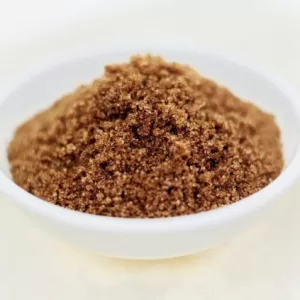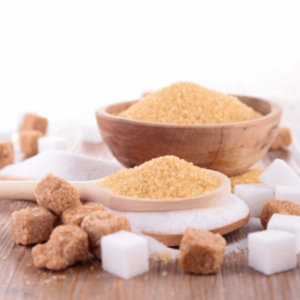The Sweet World of Sugar: Varieties, Uses, and Nutritional Value
Exploring Flavors and Health: A Guide Through the Multiple Faces of Sugar
Sugar is one of the most essential and versatile ingredients in cooking, providing sweetness and texture to a wide variety of dishes around the world. The diversity of sugar types offers options for different uses in the kitchen, allowing for the creation of distinct and varied flavors in numerous recipes.
Introduction
In the tapestry of global cuisine, few ingredients weave as rich and complex a story as sugar. This article invites you on a sweet and enlightening journey, from the roots of sugar to its place at the modern table. Our adventure explores the varied forms of sugar, each with its culinary quirks and nutritional profiles, delving deep into its impact on health and gastronomy.
Origins and History of Sugar
The saga of sugar begins in ancient tropical forests of Asia, where sugarcane was first domesticated. Initially cherished in India as “Gur” (a type of unrefined sugar), sugar was adopted by the Persians and later by the Arabs, who refined its production and spread it across the Mediterranean. In the Old World, sugar was introduced during the Crusades, becoming a prized ingredient among the nobility and, over time, a mass-produced commodity with the advent of industrial production in the 19th century.

Varieties of Sugar
White Granulated Sugar: The culinary chameleon, neutral and versatile, is highly refined and is the most common type in home kitchens. Its purity allows it to be used in a multitude of recipes, from cakes to sauces and preserves.

Brown Sugar: Less processed, it contains molasses, offering a deeper flavor and is often used in desserts like cookies and cakes. Its molasses content adds moisture and richness, being also a source of minerals like calcium and magnesium, though in modest amounts.

Powdered Sugar: Finely ground and mixed with starch, it is ideal for icings and toppings due to its dissolving ability. The fine texture promotes a delicateness in creams and mousses.

Demerara Sugar: With larger crystals and a caramel flavor, it is a perfect crunchy topping for baked goods and is often preferred as a more “natural” sweetener for coffees and teas.

Turbinado Sugar: Similar to demerara but with drier crystals, it is ideal for sweetening beverages. The robust texture and mild molasses flavor complement hot drinks perfectly.
Organic Sugar: Produced without synthetic pesticides, it has a flavor similar to white granulated sugar but with a reduced ecological footprint. This sugar is gaining popularity among environmentally conscious consumers.
Nutritional Value
Sugar is essentially a source of simple carbohydrates, with no fiber, proteins, or added nutrients. While it provides quick energy, excessive consumption is linked to various health conditions, including type 2 diabetes, heart disease, and obesity. Being informed about the glycemic index and the impact of different types of sugar on the body is crucial for a balanced diet.
Conclusion
Sugar, in its many forms, is a culinary titan and a nutritional challenge. Enjoying it in moderation and knowledge, choosing the right variety for each application, can enrich culinary experiences without compromising health.
We invite each reader to consider sugar not just as a sweet indulgence but also as a fascinating chapter in human history and a worthy component of conscious consideration in our daily diet.